CPR - AED Training
Cardiac Arrest - every Second Counts
When a heart stops beating, a stopwatch starts ticking. Each heartbeat pumps vital oxygen-rich blood to every cell in the body, especially the brain. Starved of fresh oxygen, brain cells start to die within three to four minutes. With every passing minute, the victim of sudden cardiac arrest will lose about 10% of their chance to survive. In less than ten minutes, so many brain cells are destroyed that life is no longer possible.
CPR is a simple and easy-to-learn skill that buys extra time. Simply using your hands to rhythmically compress the chest, delivers much-needed oxygen to the brain and vital organs. Quickly attaching an AED (Automated External Defibrillator) to the victim, and continuing CPR, gives the person a real chance to survive and recover. An AED is an electronic device programmed to analyze the person’s heart rhythm and decide if a lifesaving shock is required.
Immediately starting CPR and attaching an AED gives the victim of sudden cardiac arrest more than a 50% chance of life.

Death Is Reversible - Some Conditions Apply
Sudden Cardiac Arrest is when the heart suddenly stops beating due to a malfunction in the heart’s electrical system. The victim literally drops dead.
Signs of Sudden Cardiac Arrest include no response to sound or pain and ineffective breathing, such as gasping. In these situations, the victim is clinically (observably) dead. The electrical malfunction continues to produce a deadly heart rhythm.
Prompt action is required. Survival depends on rapid CPR and using an AED to deliver a life-saving shock within a few minutes. So, death is reversible, the conditions are a well-trained population, quick access to an AED, and a rapid paramedic response.
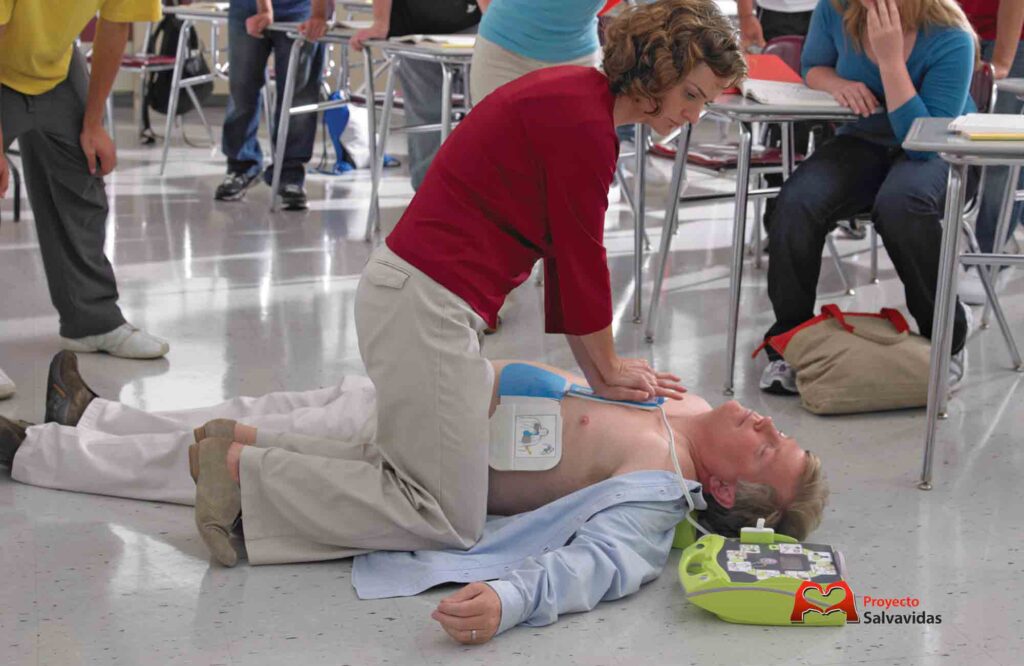
why Our CPR training is different
CPR is a simple and easy to learn activity. But, it is physically exhausting. Just two minutes of CPR is a strenuous workout. Considering that a 9-1-1 response could be 15 minutes or more, it is highly unlikely that a single rescuer could continue chest compressions that long.
We train individuals in this frightening and time sensitive situation to work with other people as a CPR Team. By understanding our Team approach, the CPR trained rescuer will be able to show others on the scene how they can help perform CPR.
- Demonstrating the significance of chest recoil
- Demonstrating the benefits of Hands-Only CPR
- One Rescuer, Two Rescuer and Team CPR
- Simplifying the AED process
- Building rescuer confidence
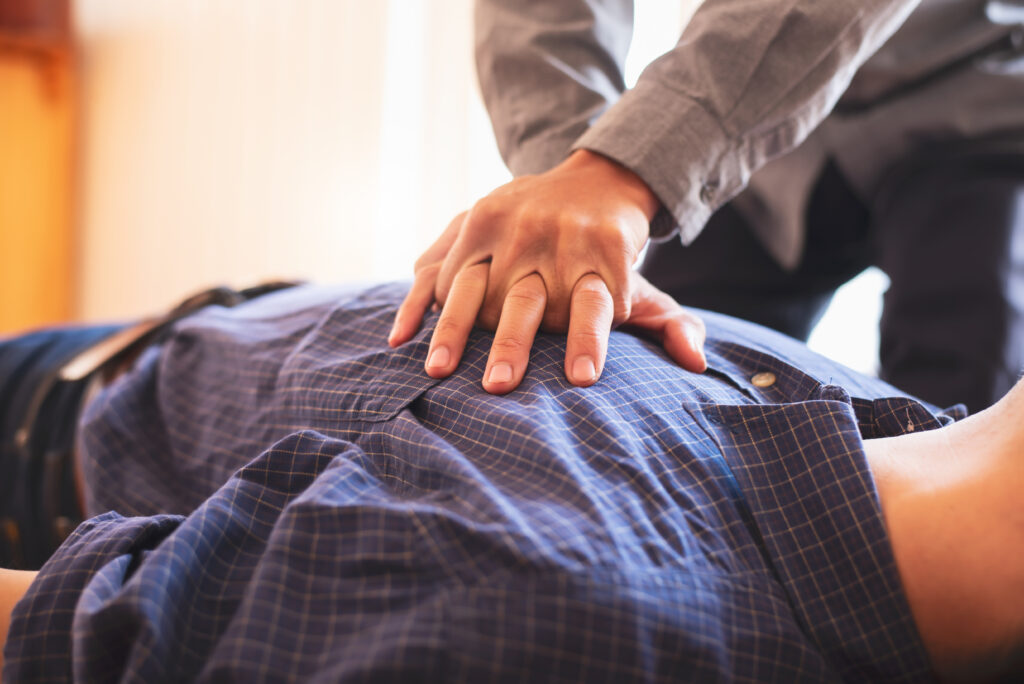
Level ‘C’ CPR and AED
Learn to assess an unresponsive infant, child, or adult who has stopped breathing, rapidly start CPR and apply an AED. Includes recognizing choking and clearing the airway.
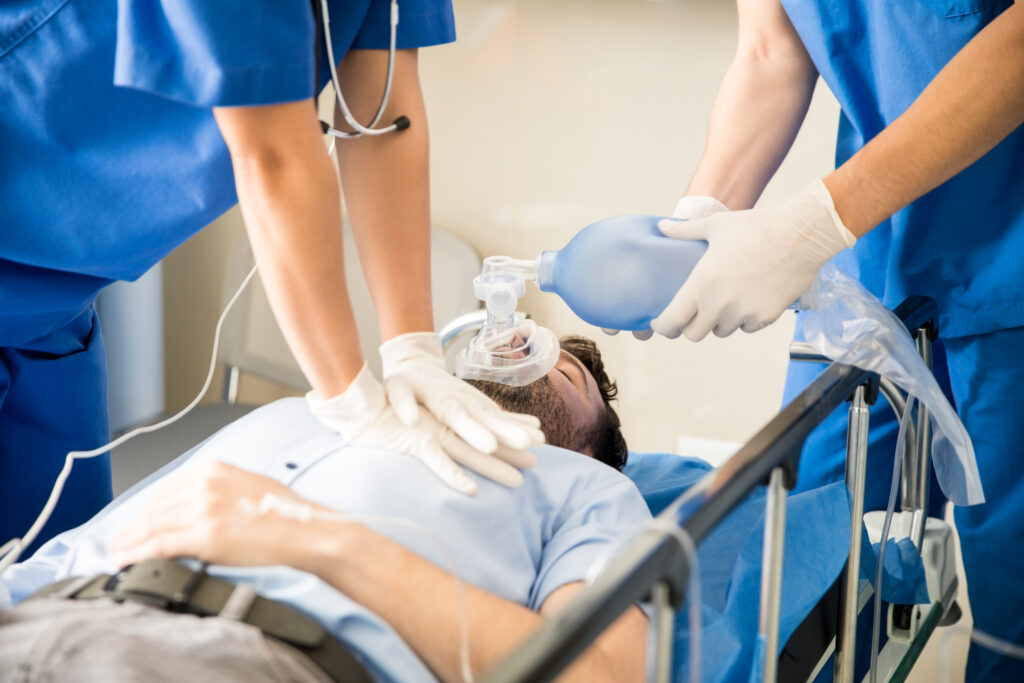
Basic Life Support - Health Care Provider CPR
Professional infant, child, and adult CPR and AED for healthcare workers including first responders. Includes use of oxygen, BVM (Bag-Valve-Mask), and may include oral airways for some groups.
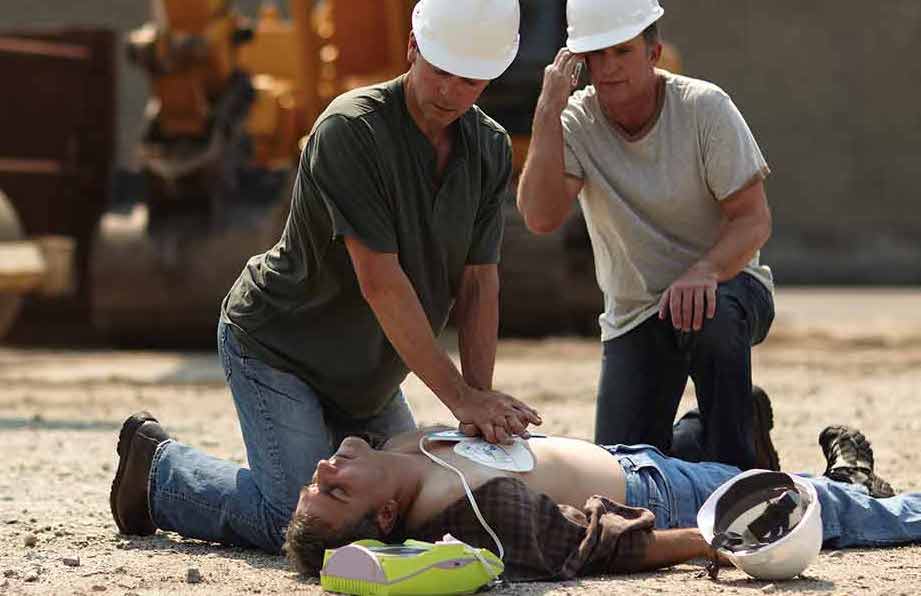
Basic CPR/AED Rescuer
CPR and AED for corporate First Aid Teams where an AED is readily available. Includes moving the victim when necessary and use of BVM (Bag-Valve-Mask).
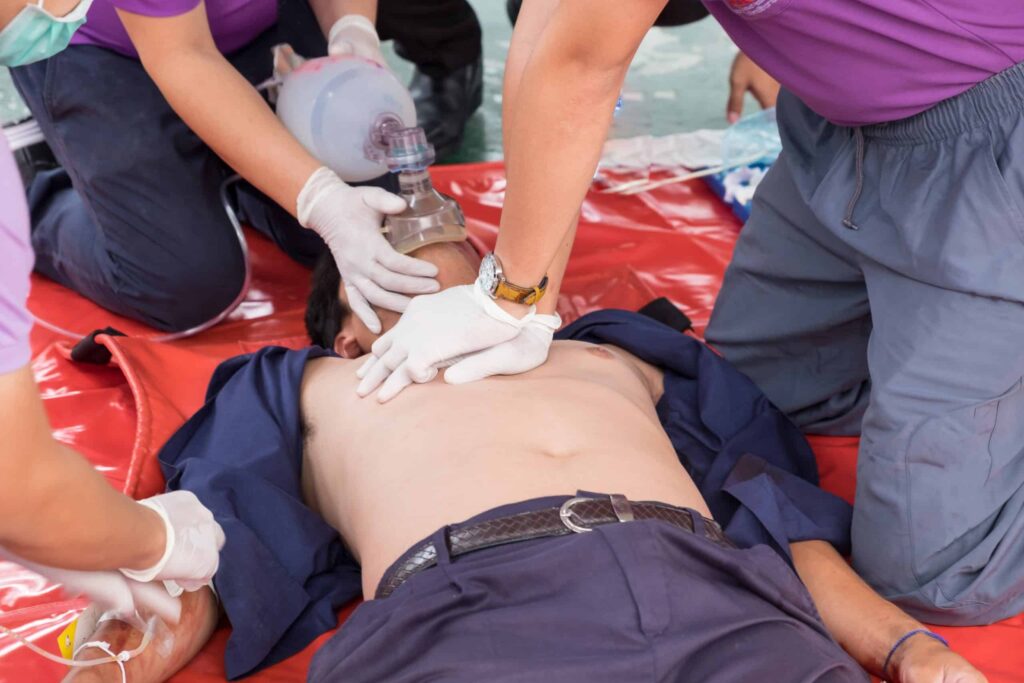
Advanced CPR/AED Rescuer
Basic AED Rescuer plus realistic scenario training in the facility. First Aid Team practices responding to a variety of locations within the facility to improve response times.
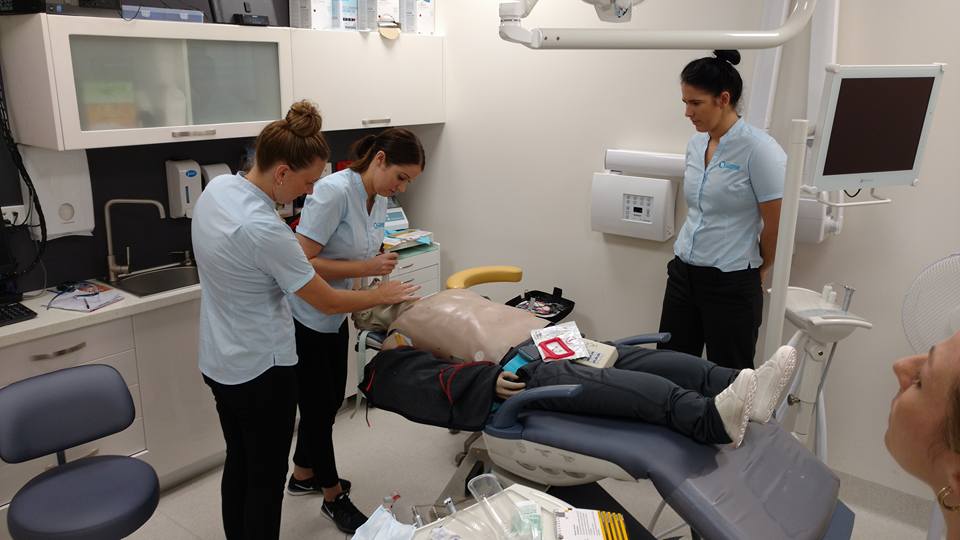
Dental Office CPR Training
Professional level infant, child, and adult CPR and AED for dental professionals (dentists, hygienists, and dental assistants).
- CPR challenges in the dental chair
- BVM (Bag-Valve-Mask)
- May include oral airways for some groups
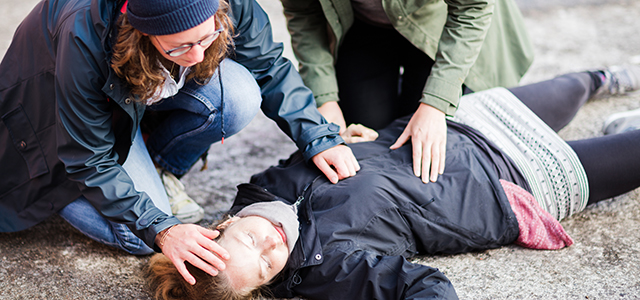
Bystander CPR Training
Train up to 72 people in Hands-Only CPR in 6 one-hour sessions per day. Specially designed for organizations that have a First Aid Team with Basic or Advanced Rescuer training. Victims of Sudden Cardiac Arrest have a significantly improved chance of survival when CPR is started immediately.

